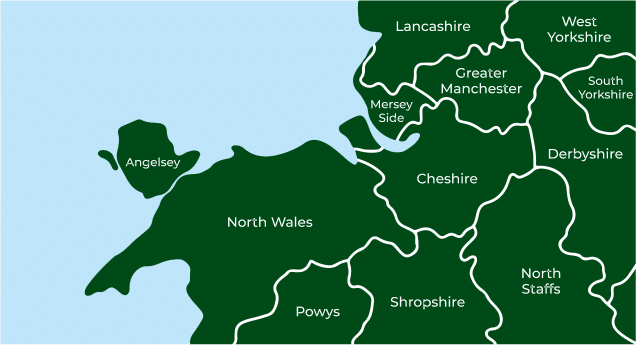As part of the Budget, the Government’s £2.4 billion farming budget will be 2025/26, the largest ever budget directed at sustainable food production and nature’s recovery, Minister for Food Security and Rural Affairs Daniel Zeichner said:
“Farming and food security are the foundations of a healthy and resilient economy and environment.
“Our commitment to farmers and the vital role they play to feed our nation remains steadfast.
“That is why this Government will commit to the largest ever budget directed at sustainable food production and nature’s recovery in our country’s history, enabling us to keep momentum on the path to a more resilient and sustainable farming sector.
“ELM schemes will remain at the centre of our offer for farmers and nature, with the Sustainable Farming Incentive, Countryside Stewardship Higher Tier and Landscape Recovery all continuing.
“We will also support farmers with the exceptional impact of flooding last winter, paying out £60 million for farmers affected by unprecedented rainfall and flooding through the Farming Recovery Fund.
“Our focus will be on making sure funding is used to the best effect for food, farming and nature, and that our schemes work for farms who have been too often ignored such as small, grassland, upland and tenanted farms.
“We look forward to working with farmers across the country to continue to improve and evolve our schemes and policies, to make them work for farmers and nature.”
What this means for farmers:
Environmental Land Management schemes
- All of our Environmental Land Management schemes (the Sustainable Farming Incentive, Countryside Stewardship Higher Tier, and Landscape Recovery) will continue, and we will evolve and improve them in an orderly way to make them work for farmers and nature.
- The Sustainable Farming Incentive (SFI) is open to farmers so they make their businesses more sustainable and resilient. We will open the rolling application window for Countryside Stewardship Higher Tier early in 2025 by which time we will have streamlined the application process and increased the scheme’s capacity. We will publish full details of the expanded Higher Tier offer and timings later this year.
- Farmers with expiring HLS or Higher Tier agri-environment agreements this year will be offered an extension to their existing agreement to give them time to move into new agreements in an orderly way. Next year we will make it much easier for farmers in legacy HLS agreements and those farming on commons to transfer into new schemes smoothly, as and when they wish.
- Landscape Recovery projects that were awarded funding in rounds one and two will be continuing, and we will be continuing to move into the delivery phase with the first round of projects. Plans for a third round will be confirmed in due course.
Farming Recovery Fund
- We will shortly pay out £60 million through the Farming Recovery Fund to support farmers affected by unprecedented extreme wet weather last winter. This was always intended as an exceptional intervention - we need a longer term and financially sustainable solution to managing risks in an increasingly changeable climate.
Grant funding
- We will simplify and rationalise our grant funding, ensuring that grants are targeted towards those who need them the most and where they can deliver the most benefit for food security and nature, particularly small farmers. We will confirm future grant rounds in due course.
Science Capability in Animal Health programme
- After years of underinvestment, we’re committing £208 million in 2024-25 and 2025-26 to support the transformation of the government’s biosecurity facilities at Weybridge.
- This investment is essential to safeguard the capability which helps protect us from the risks of animal diseases to the livestock and livelihoods of our farmers and rural communities. It is also crucial for our economic growth, so that we can safely trade over £16bn per year in animal products globally.
Delinked payments
- We are prioritising directing investment to ELM schemes, which will boost nature and sustainable food production.
- We are accelerating the end of the era of payouts to large and wealthy landowners simply for owning land, with reductions applied in payment bands on a sliding scale – like income tax bands.
- The fastest reductions in subsidies will be to those who historically received the largest payments – for example the 4% who received more than £100,000 in subsidies in 2020 next year will receive no more than £8,000 in 2025, whereas for the majority of farmers who received less than £10k to start with, they will continue to see a gradual reduction in their delinked payments but will have ongoing access to funding through SFI and other schemes.
- Delinked payments have always been planned to be progressively reduced through to 2027. In 2024, reductions were 50% for the lowest payment band, increasing to 70% for amounts in the highest payment band
- For 2025, we plan to apply a 76% reduction to the first £30,000 of a payment, while making no payments for any portion of a payment above £30,000. For example, a payment of £40,000 would have a 76% reduction applied to the first £30,000 of the payment (a reduction of £22,800). A 100% reduction would be applied to the next £10,000 (a reduction of £10,000). The payment would be reduced by £32,800 to £7,200.



